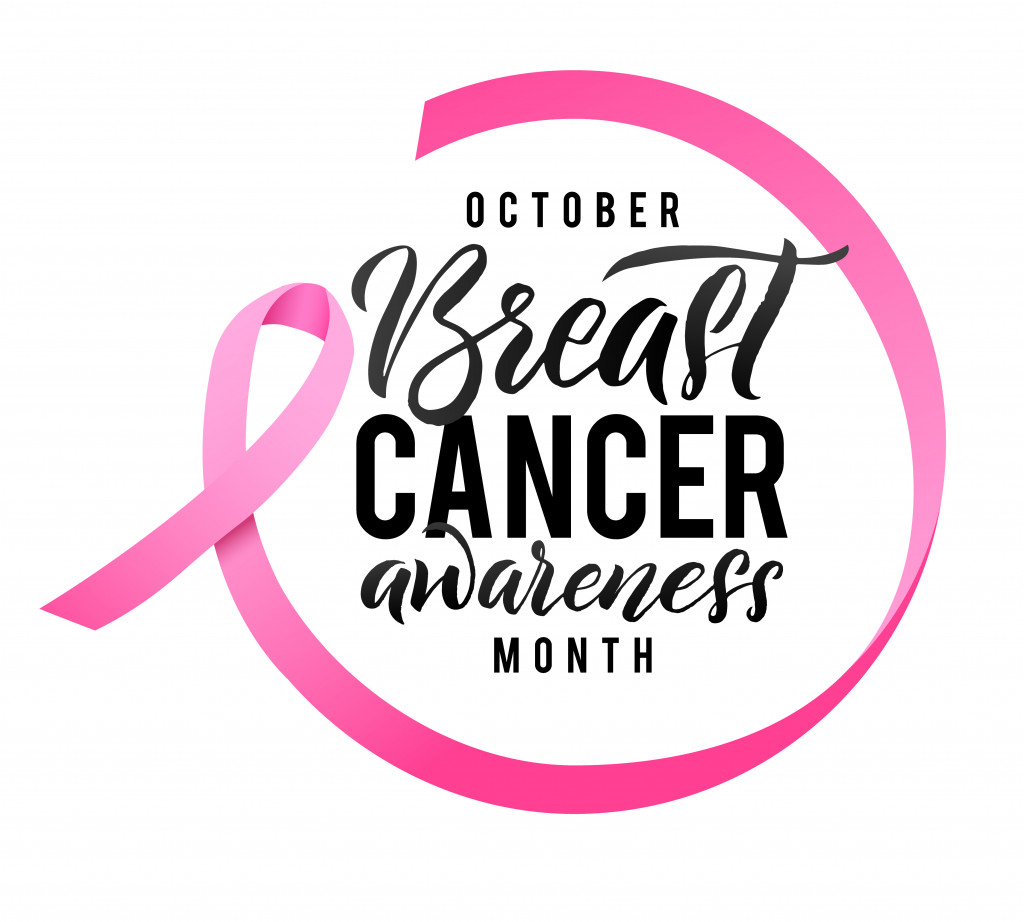Various treatment options are available for breast cancer patients, and knowing which is right for you can be challenging. This article will discuss some of the most common treatments so you can make an informed decision about your care.
Surgery
Surgery is a popular treatment for breast cancer, usually recommended early in the process. Breast-conserving surgery – such as lumpectomy or partial mastectomy – involves removing a portion of the affected tissue. In some cases, however, a total mastectomy may be a better option to remove all the cancerous tissues.
Another approach is taking out lymph nodes from the armpit region to assess whether cancer has spread to other sites. As with any medical procedure, you should discuss some associated risks and benefits with your doctor before deciding on a course of action. Surgery can bring immense physical and psychological relief to many women diagnosed with breast cancer, often playing an essential role in successful treatment.
Immunotherapy
In some cases, treating breast cancer with immunotherapy can be done. This treatment works by boosting your natural immune system to fight cancer cells. Doctors can use it to target tumors and shrink them in size or reduce the number of cancerous cells that have spread throughout the body.
One type of immunotherapy is checkpoint inhibitors, which block proteins that inhibit the body’s natural defense system. This type of treatment is often combined with chemotherapy to produce better results.
Chemotherapy

Chemotherapy is a commonly used treatment for breast cancer. It is administered to eliminate the cancerous cells in and around the tumor while minimizing harm to the patient. It works by targeting rapidly dividing cells to fulfill this purpose.
While many patients see positive outcomes after undergoing chemotherapy, it can also bring side effects, such as fatigue and nausea. Other symptoms may include loss of appetite, hair loss, and neuropathy throughout the body.
Doctors typically adjust dosages or supplement treatments with steroids or supplements to minimize these side effects. Despite any challenges that someone may face while going through this treatment procedure, research suggests that chemotherapy can powerfully reduce tumor size and improve the overall prognosis for breast cancer patients.
Radiation therapy
Radiation therapy is a type of treatment that uses powerful X-rays to target and destroy cancer cells while preserving nearby healthy tissue. For breast cancer patients, radiation therapy generally follows surgery and may be recommended if the tumor is large, there are lymph nodes involved, or when chemotherapy has been given.
When using radiation as part of breast cancer treatment, several factors are considered, such as the stage of diagnosis, hormone receptor status, and HER2 expression. During treatment, patients often attend the hospital five days a week for around six weeks, and the total dose is spread out over time to minimize any side effects. Radiotherapy can have significant positive outcomes, with many studies showing that it decreases local recurrence rates and increases survival rates in women with early-stage breast cancer.
Targeted drug therapy
Targeted drug therapy is a very promising treatment for managing breast cancer. Unlike chemotherapy, where drugs are indiscriminately used regardless of the type or specific characteristics of a tumor, targeted drug therapy uses specialized medicine to hone in on particular tissues to maximize the effectiveness and minimize the risk of side effects.
Targeted drugs interact directly with cancer cells to stop the growth and spread of tumors. Doctors can also combine them with other treatments, such as surgery, radiation, and hormonal therapy, for an even more comprehensive approach. Targeted drugs allow for a tailored response depending on each patient’s needs, making it a highly effective treatment for fighting breast cancer.
Hormone therapy
Hormone therapy is commonly used as a treatment for certain types of breast cancer. This therapy targets the hormones present in the patient’s body to prevent the spread or growth of cancerous cells. It either lowers the body’s levels of estrogen and progesterone or blocks their effects on tumor cells.
While this type of treatment can be very successful, it comes with its own risks and side effects, such as nausea and decreased libido. However, for many patients considering hormone therapy as a form of treatment for breast cancer, the potential risks should be discussed thoroughly with medical experts before any decisions are made about care.
Stem cell transplantation
Stem cell transplantation has emerged as a promising treatment for breast cancer. Advances in the techniques used have enabled more effective treatments and have had positive results in many patients. This type of therapy is unique in that when administered early enough, it may eliminate the entire cancer growth.
Additionally, the effects of stem cells on other areas of the body, such as boosting immunity and promoting healing, provide additional benefits beyond just targeting cancer. It is no wonder why stem cell transplantation has been viewed so positively by medical professionals working with cancer patients and those seeking to defeat breast cancer.
Many different breast cancer treatments are available, and the proper treatment for each patient depends on various factors. If you or a loved one has been diagnosed with breast cancer, you must consult a qualified medical professional to discuss your treatment options.

